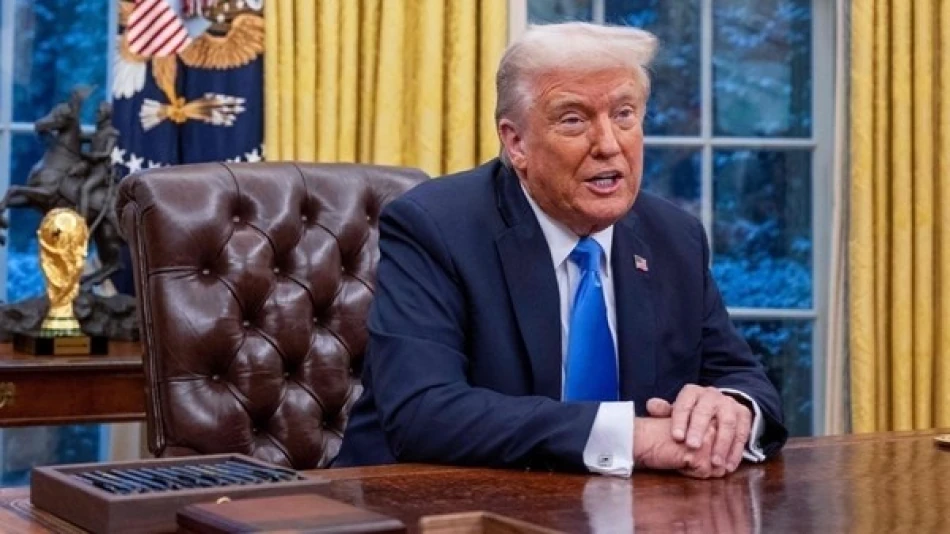
Billions Flow into America as Trump Imposes New Tariffs
Trump Claims "Billions" Flow to US as New Global Tariffs Take Effect
President Donald Trump declared that "billions of dollars" are now flowing into the United States as his administration's sweeping tariff regime officially launched, targeting products from dozens of countries worldwide. The announcement, made via his Truth Social platform at the stroke of midnight on August 7th, signals the beginning of what could become the most aggressive trade war in decades.
Midnight Launch of Expansive Tariff System
Trump's dramatic midnight proclamation—"It's midnight!! Billions of dollars from tariffs are now flowing into the United States of America!"—marked the end of his self-imposed deadline for implementing the new trade barriers. The tariffs represent a significant escalation from his previous trade policies, extending beyond traditional targets like China to encompass products from dozens of nations.
Scale and Scope of New Trade Barriers
Unlike Trump's first-term tariffs that primarily focused on China, steel, and aluminum, this new wave appears to cast a much wider net across global trading partners. The "dozens of countries" referenced suggests a comprehensive approach that could affect everything from European luxury goods to Latin American agricultural products.
Economic Reality Behind the Revenue Claims
While Trump celebrates the tariff revenue, economic analysis reveals a more complex picture. Tariffs are ultimately paid by importing companies and typically passed on to American consumers through higher prices. The Peterson Institute for International Economics estimates that Trump's proposed tariff policies could cost the average American household between $1,700 and $2,600 annually.
Market Response and Investor Concerns
Financial markets have shown mixed reactions to escalating trade tensions. While some domestic manufacturers may benefit from reduced foreign competition, sectors heavily reliant on imported materials—including technology, automotive, and retail—face significant cost pressures. The broad-based nature of these tariffs could trigger retaliatory measures that harm American exporters, particularly in agriculture and manufacturing.
Historical Context: Echoes of 1930s Trade Wars
The scope of Trump's tariff implementation recalls the protectionist policies of the 1930s, when the Smoot-Hawley Tariff Act contributed to a collapse in international trade during the Great Depression. Modern economists widely agree that such trade barriers typically reduce overall economic efficiency and living standards, even if they generate government revenue.
Global Response and Retaliation Risks
Trading partners are likely to respond with their own tariffs on American exports, as occurred during Trump's first presidency when China, the European Union, and other nations targeted American agricultural products, bourbon, and motorcycles. The European Union has already signaled it will consider "proportionate" responses to any new American trade barriers.
Long-term Economic Implications
The midnight launch of these tariffs represents more than just a revenue-generating measure—it signals a fundamental shift toward economic nationalism that could reshape global supply chains. Companies may accelerate efforts to relocate production closer to home, potentially boosting domestic manufacturing at the cost of higher consumer prices and reduced international competitiveness.
The ultimate test of Trump's tariff strategy will be whether the promised economic benefits—increased domestic production, higher wages, and stronger manufacturing—materialize faster than the negative effects of higher consumer costs and potential recession risks from disrupted global trade flows.
 Layla Al Mansoori
Layla Al Mansoori







